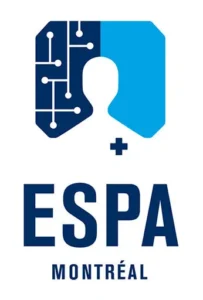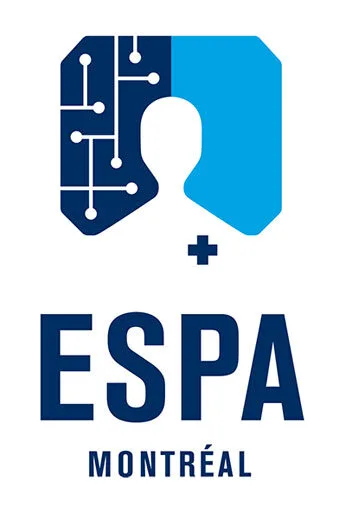Here are the questions we’re asked most frequently, and the corresponding answers. If you have any further questions about our services, you can send us an e-mail and we’ll get back to you as soon as possible.
1. Who are your simulations aimed at?
Simulation is aimed at students and professionals alike. It is recognized as a pedagogical tool enabling learners to put theoretical learning into practice in a space in which they feel safe. This method is in line with constructivist theory, which places the learner at the heart of his or her learning, by helping him or her to understand his or her own experience. Simulation can therefore be applied to real-life situations in health care, social services, personal services – in fact, in all areas of intervention involving practical and relational skills.
2. Are facilitators and learners supported during their simulation day?
ESPA-Montréal offers a wide range of resources, both technological and educational. For example, on their first visit to our center, facilitators can be guided through the briefing and debriefing process by one of our educational resources.
3. Do groups have access to documents to help them prepare for their visit?
Groups coming to ESPA-Montréal have access in advance to documents that will help them prepare for their simulation day. For each scenario, they also have access to the “Learner’s Guide”, which suggests a review of certain key concepts related to the simulation in preparation.
4. How many scenarios (clinical situations) can you create per day?
We recommend 2 to 3 scenarios per day, depending on the level of training and profile of the people in the group. We also offer scalable scenarios where different intervention times in the same situation are simulated.
5. Can a day of simulation replace a day of clinical placement for students?
Yes, in simulation, students are confronted with standardized clinical situations that promote the development of clinical judgment and that may be encountered during internships. The level of complexity of the scenarios is adjusted according to the level of training of the learners. All students in the group are exposed to the same situations. The debriefing period allows the teacher to provide structured feedback on the simulation through a reflective approach with the students for each clinical situation.
6. Group size question
Each debriefing room can accommodate 6 to 9 learners. To maximize the educational benefits, we prefer to run simulations in teams of 2 or 3.
7. Who chooses the scenarios (clinical situations) for groups of students or professionals?
A list of around a hundred scenarios is available at ESPA-Montreal. Our members and customers are free to choose the ones that suit them best for their simulation day. Our pedagogical coordinator is also available to provide advice.
8. Is there an orientation period on the first day at HFCS ?
Lors de la première journée de simulation, les participant.e.s auront une période d’orientation qui leur sera indispensable afin de se familiariser avec le matériel, l’environnement et les limites du simulateur. Cette période sera aussi l’occasion de faire un rappel sur le bon déroulement des scénarios et sur les principes de non divulgation spécifiés dans l’entente de confidentialité qu’ils.elles auront préalablement signée.

